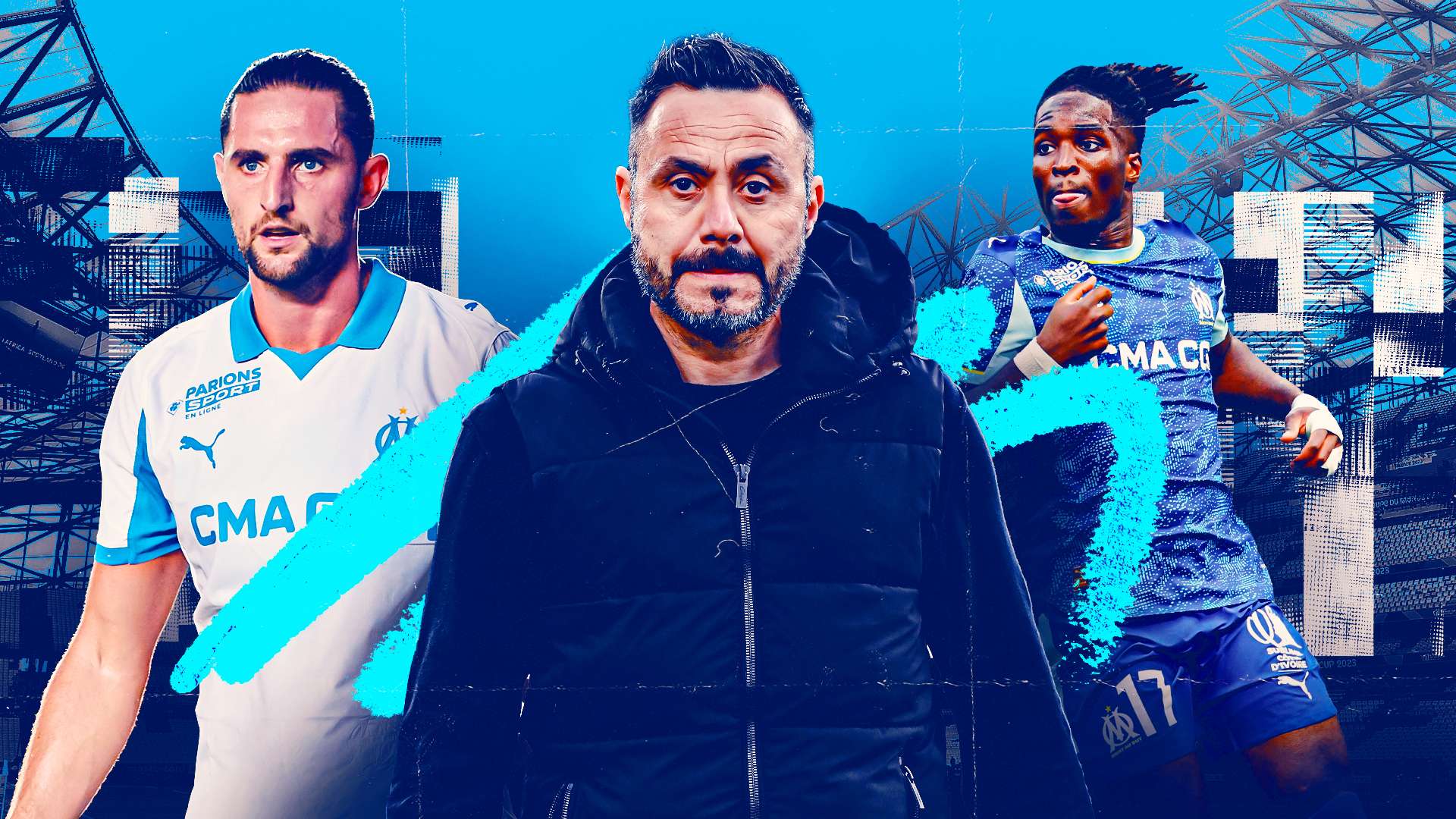The Fallout of Marseille’s Defeat: Players Facing Exit After Dressing-Room Row
Following Marseille’s disappointing defeat at Rennes last Friday, the aftermath has been nothing short of chaotic. It has been reported that the tensions boiled over into a heated altercation between two players, leading to serious consequences for the club.
It’s no secret that clashes between teammates are not uncommon in the world of football. The intense competition for starting spots and the pressure to perform at the highest level can often result in emotions running high. However, the recent incident at Marseille has raised eyebrows and left fans and analysts alike questioning the stability of the team.
Understanding the Dynamics of Team Conflicts
Footballers are known for their competitive nature, which can sometimes lead to disagreements both on and off the pitch. While some conflicts can be beneficial in clearing the air and strengthening team dynamics, others can have detrimental effects on the overall morale and performance of a squad.
One of the most infamous examples of on-field clashes in Premier League history is the altercation between Kieron Dyer and Lee Bowyer. Such incidents serve as a reminder of the intensity and passion that players bring to the game, but they also highlight the potential consequences of letting emotions get the best of them.
The Fallout at Marseille
In the case of Marseille, the fallout from the dressing-room row has been significant. Reports suggest that both Adrien Rabiot and Jonathan Rowe are facing the possibility of being sold due to their involvement in the altercation. This decision by the club reflects the seriousness with which they are addressing the issue and their commitment to maintaining a harmonious team environment.
Furthermore, questions have been raised about the coach’s ability to restore order and discipline within the squad. Roberto De Zerbi now faces the challenge of rebuilding trust and cohesion among his players in the wake of the incident.
Looking Ahead
As Marseille navigates through this turbulent period, it will be crucial for the team to regroup and focus on their upcoming matches. The players must learn from the events of last Friday and use it as a catalyst for growth and unity within the squad.
Ultimately, conflicts and disagreements are a natural part of any competitive environment, but how they are addressed and resolved can determine the success or failure of a team. Marseille’s ability to move past this incident and emerge stronger as a unit will be a true test of their resilience and professionalism.
Stay tuned for more updates on Marseille’s journey as they strive to overcome adversity and reclaim their position as a top contender in the football world.
The Impact of Dressing Room Conflicts on Team Performance
Dressing room conflicts can have a profound impact on a team’s performance both on and off the pitch. When tensions escalate to the point of physical altercations or heated arguments, it can create a toxic atmosphere that hinders communication, trust, and teamwork. Players may become distracted, lose focus, and harbor resentment towards their teammates, leading to a breakdown in cohesion and camaraderie.
Moreover, dressing room conflicts can also affect a team’s overall morale and motivation. When players feel unsettled or divided, it can impact their confidence and willingness to give their best effort during matches. This lack of unity can manifest in poor results on the field as players struggle to work together towards a common goal.
Addressing Conflict Resolution Strategies in Football
In the world of football, conflict resolution strategies are essential for maintaining a healthy team environment and fostering positive relationships among players. Coaches and team managers play a crucial role in mediating disputes, promoting open communication, and establishing clear expectations for behavior both on and off the pitch.
Implementing team-building activities, encouraging dialogue, and fostering a culture of respect and understanding can help prevent conflicts from escalating and ensure that players can resolve disagreements in a constructive manner. By promoting a sense of camaraderie and mutual respect, teams can strengthen their bonds and navigate challenges more effectively.
The Role of Leadership in Managing Team Conflicts
Effective leadership is key in managing team conflicts and maintaining a harmonious atmosphere within a football squad. Captains and senior players often act as mediators and role models, setting the tone for how conflicts are addressed and encouraging a culture of accountability and professionalism.
Strong leadership can help quell tensions, promote unity, and guide the team towards a shared vision of success. By modeling positive behavior, communicating openly, and facilitating discussions, leaders can help prevent conflicts from spiraling out of control and ensure that the team remains focused on their goals.
Conclusion
In conclusion, the fallout of Marseille’s defeat and the subsequent dressing room row serve as a reminder of the challenges and complexities of team dynamics in football. While conflicts are inevitable in a competitive environment, how they are managed and resolved can shape the trajectory of a team’s season and success.
By addressing conflicts proactively, promoting communication and unity, and fostering a culture of respect and professionalism, teams can overcome adversity and emerge stronger as a cohesive unit. Marseille’s response to this incident will be closely watched as they navigate the aftermath and strive to rebuild trust and cohesion within their squad.
As football fans await further developments, the lessons learned from this experience can serve as a valuable reminder of the importance of teamwork, communication, and conflict resolution in the world of sports.

